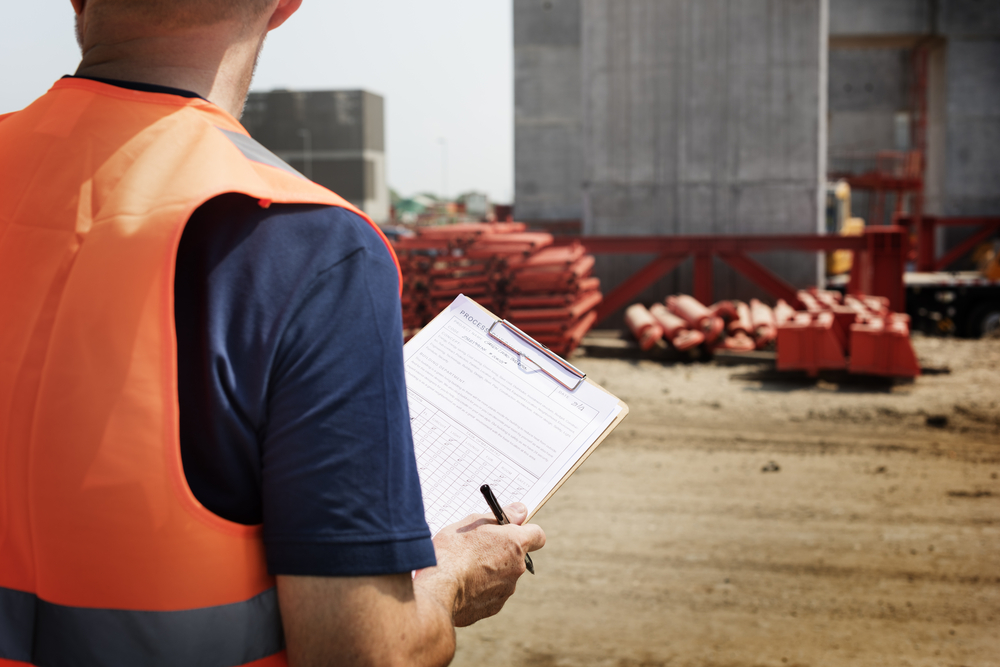The construction industry has made a steady comeback after taking a hit during the recession. With the U.S. economy in recovery, the demand for new construction projects has increased and so has construction costs. Material costs and labor availability are the major factors driving up construction expenses.
What Factors Impact Material Costs
Input costs for nonresidential structures in 2017 are up 4.3%. This number might seem small, but when you are working on a multi-million-dollar construction project, the rise in price affects the budget significantly. Several factors influence material costs. One is the price of gas. If it costs more to transport the materials, manufacturers have to compensate by inflating the price. Another issue is the supply of steel. The steel industry is facing a crisis because many major steel mills in China have recently filed for bankruptcy.
This affects the cost of nails, security wire fencing, forklifts, and demolition machinery. Aluminum faces similar issues. Another issue is that building codes and fire department regulations have also changed. Buildings now need to have more sprinkler systems, special electrical breakers, and backflow regulators installed. So not only do the materials cost more, builders need to use more of them.
The cost of materials impacts current construction projects, as well as future projects. A lot of time passes between when a project is bid on, when a project is started, and when a project is completed. Thus, when material costs go up, construction firms need to figure the price spike into their budget for future projects. This increases the cost for both developers and consumers.
Why Labor Costs are Rising
Because construction projects are planned in advance, fluctuating material costs are usually built into the budget. A change in the cost of labor has a more immediate effect on construction costs. There is still a shortage of skilled labor in the construction industry. This is the main problem. This shortage means firms have to pay more for skilled workers and pay more for training. One reason that skilled laborers are becoming fewer and fewer is the societal pressure to attain a 4-year degree. Perception is another issue. Construction firms are getting serious about their recruitment strategies to persuade more young people to pursue careers in construction. This is beneficial in the long-term, since the industry is expected to face a 2-million labor shortage by 2020. Anything that counteracts the labor crisis is a good investment, however, it spikes the cost of construction in the short-term.
Competing with the Rate of Inflation
The cost of labor and materials are increasing more quickly than inflation is. This means that construction firms have to spend less in other areas without sacrificing quality or safety. Using more energy efficient technology is one way to do this, as energy costs are a major expense. However, this alone is not enough to offset labor and material costs.
How Retention Can Help
The expense of recruiting new talent is higher in a competitive market because most of the skilled laborers are already employed. Therefore, it is important that when construction firms hire new talent, they choose people who are going to be there for the long haul. Construction firms have to rethink compensation, employee benefits, and their company’s culture. If employees like their managers and coworkers, feel secure in their position, and feel like they are contributing positively the company’s objectives, they will be more likely so stay on. The best way to lower labor costs is to improve retention strategies. This is especially true given the extreme labor shortage.
How can we help you?
Searching for an opportunity in the construction industry? Contact The Birmingham Group today to discuss your career path or browse our open positions.
Are you a hiring authority needed construction talent? Submit a search request today.
–





